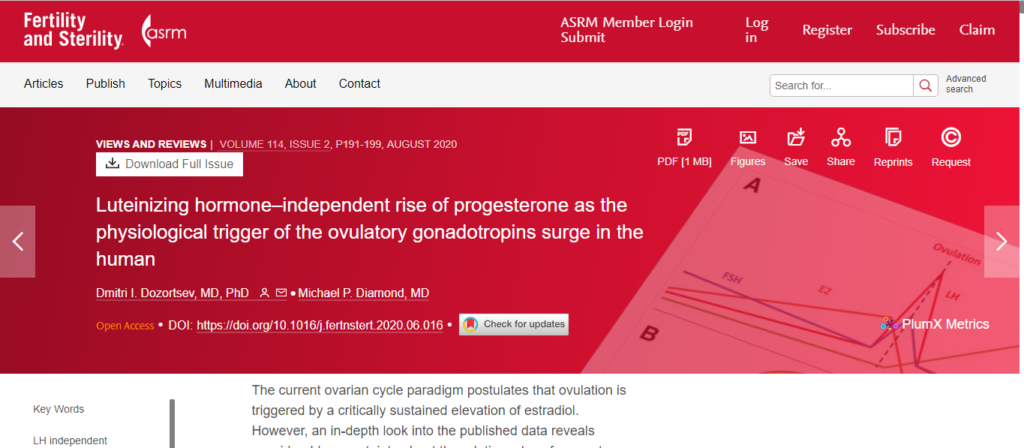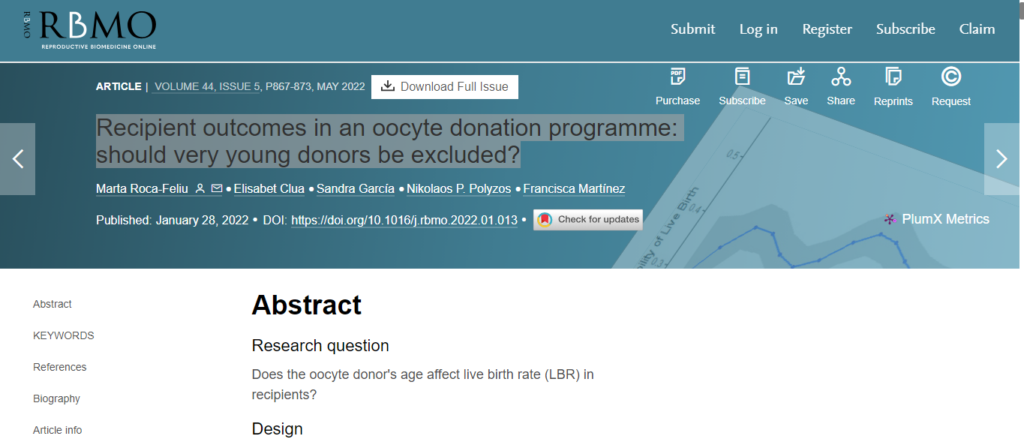The IVF Process
There are several different protocols that can be used to perform IVF such as conventional IVF, microdose flare, and minimal stimulation IVF.
Discover the IVF process at Advanced Fertility Center of Texas. Our expert fertility specialists in Houston, Texas, guide you through every step, from initial consultation to successful embryo transfer. We offer various IVF protocols, including conventional IVF, microdose flare, and minimal stimulation IVF, tailored to your unique needs. Our state-of-the-art facilities in Texas and experienced team ensure the highest standards of care throughout your fertility journey.
Baseline Scan
Prior to the completion of the birth control pill cycle, the patient is asked to come to the office for a so-called baseline ultrasound to ensure that the ovary is free of cysts and ready for stimulation.
Stimulation with Gonadotropins
Stimulation begins with daily injections of follicle-stimulating hormone (FSH), and a combination of follicle- stimulating hormone and luteinizing hormone used to stimulate the development of multiple follicles in the ovary. Each follicle contains only a single egg. Patients undergoing IVF typically come to the office 3-5 times for ultrasounds and blood work (measurement of estradiol, progesterone, and luteinizing hormone levels) during a 10-14 day period. Once the majority of growing follicles approach 18-24 mm in size, an injection of human chorionic gonadotropin (hCG) is given to prepare the eggs for retrieval.
IVF Egg Retrieval
Fertilization of the Eggs
Day 1 After Retrieval
Approximately 24 hours after the oocyte retrieval, they are examined for fertilization and if development of the embryo (fertilized eggs) process has begun. The embryos are allowed to develop inside of the incubator for 3-6 days after the retrieval. Incubators control environmental conditions such as temperature, air quality, acidity, and several other factors that may influence the embryos’ development.
Embryo Development and Genetic screening
Embryos between day 1 and 3 after retrieval are called cleavage-stage embryos. On day 5,the embryos are called blastocysts but in some cases embryos are cultured until day 6. The extended culture of embryos assists in selecting the best embryos for a transfer and limiting the number of embryos placed into the uterus to decrease the chance of multiple pregnancies.
On day 5 or 6, a biopsy of the outer coat of the embryo (trophectoderm) performed by removing 5-10 cells. This process is called PGS or PGT-A (complete chromosomal testing) or for PGD (Preimplantation genetic diagnosis to screen a specific genetic disease). This method allows us to select the best genetically normal embryos for transfer while minimizing the chance of a pregnancy loss. Dr. Dmitri Dozortsev is one of the leading expert in embryo biopsy has developed a unique method of performing the biopsy to ensure minimal impact on embryo viability.
During an IVF cycle, the physician and the embryologist have to strike a delicate balance between giving a patient the best chance of pregnancy while limiting the chance of multiple pregnancies.



